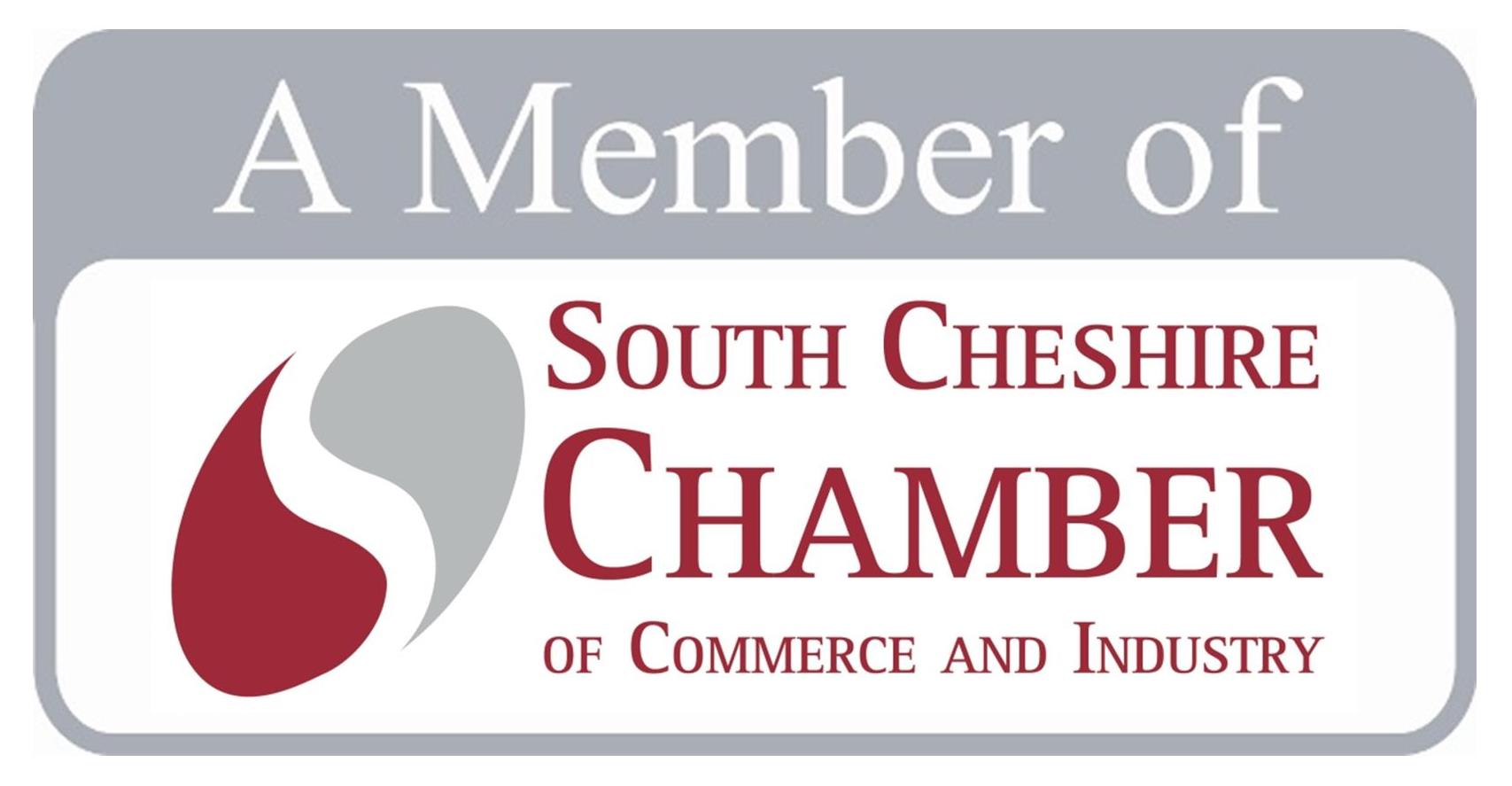SARS-CoV-2 was first identified over a year ago. With multiple lockdowns, restrictions, and finally a vaccine on the way, it’s been a long journey in slowing transmission of the virus. Advances in surface technology have also played a key part in preventing the spread and will continue to be an important tool in the fight against COVID-19 and other viruses going forward.
The first human cases of COVID-19, caused by the SARS-CoV-2 virus, were first reported by officials in Wuhan, China in December 2019.[1] Since then, there have been over 84 million confirmed cases and almost 2 million confirmed deaths across 220 countries.[2]
Research about COVID-19 has been emerging rapidly since it was first discovered. One focus has been on the role of antiviral surfaces to reduce potential surface contact propagation.
SARS-CoV-2 can remain infectious for hours on a number of material surfaces, including metal, glass, wood, fabrics and plastics[3]. Materials and surfaces play an important role in virus transmission, and advanced materials research in the prevention of surface contamination is an urgent priority as SARS-CoV-2 can be easily transmitted through touching of contaminated surfaces, then subsequently passed to the mouth and eyes[4].
Destroying the virus whilst it exists on a surface, or upon contact with a surface, can prevent its spread. Many different types of nanoparticles have been shown to be effective at this, including but not limited to nanoscale zinc oxide, cuprous oxide, silver, copper iodide, gold on silica, and quaternary ammonium cations (quats) have all shown promise[5].
Members of the Lancaster University Materials Science Institute and GISMO Teams are undertaking a number of research projects focusing on the development and deployment of coatings to prevent transmission of SARS-CoV-2 in conjunction with virologists.
In addition to existing technologies, Lancaster University researchers have explored antiviral plasma polymer coatings, which offer a number of advantages. Plasma can be used to coat most substrates, objects with complex geometry, textures and porous materials.[6]
Although the research is ongoing and has yet to be tested in a ‘real world’ context, we are happy to discuss whether our coatings may be suitable for your applications, and help solve issues you foresee or may be having with regards to SARS-CoV-2.
You can watch the latest GISMO webinar Smart Surfaces & Coatings with Dr Alex Robson, which discusses antiviral coatings and our research. Our next webinar Coatings – we’ve got it covered will explore more about coatings use in life science research and in medical devices.
Dr Alex Robson, GISMO Innovation Fellow for Surfaces and Coatings and Senior Research Associate at the Materials Science Institute said “The GISMO programme offers us an excellent opportunity to work with businesses across Cheshire, and we are always keen to discuss with companies how we may be able to aid them and whether our research and technology would be suitable for their products – please feel free to get in touch with us and we would be delighted to arrange a meeting”.
[1] Coronavirus disease 2019 (COVID-19) Situation Report – 94, WHO, 2020
[2] WHO Coronavirus Disease (COVID-19) Dashboard, 2020
[3] Focus on Powder Coatings, 2020.
[4] Sun, Z. and Ostrikov, K. 2020. Future antiviral surfaces: lessons from COVID-19 pandemic. Sustainable Materials and Technologies
[5] Ghosh, 2020. Anti-Viral Surface Coating to Prevent Spread of Novel Coronavirus (COVID-19) Through Touch. Coatings World
[6] Robson, A. 2020. GISMO Webinar: Smart Surfaces and Coatings







